Folks, you need iron.
And no, I’m not talking about the supplement. I’m talking about dumbbells, kettlebells, and my personal favorite–the Olympic bar.
Around the age of 30, our body’s ability to build and maintain muscle diminishes. In inactive adults, that leads to a 3 to 5% loss in muscle mass each decade, resulting in up to 30% total loss by the time we reach our 80s.
Not only is decreased muscle mass the first sign of aging… Less muscle means a lot of things: less strength, stamina, and independence, as the ability to complete simple ADLs (activities of daily living), like grocery shopping, dressing, and bathing becomes unmanageable. It leads to a greater risk of developing type 2 diabetes, obesity, coronary artery disease, high blood pressure, and stroke. And it also means a greater likelihood of falls and fractures.
Because less muscle means weak bones.
There is a direct correlation between muscle mass and bone density, or lack thereof. A 2015 report from the American Society for Bone and Mineral Research found that people with age-related sarcopaenia were 2.3 times more likely to suffer a low-trauma fracture from a fall, such as a broken hip, collarbone, leg, arm, or wrist.
Women, especially post-menopausal women, are up to four times more susceptible to bone loss – osteopaenia and osteoporosis – than men. We naturally have less muscle and skeletal mass to begin with and the fear of looking “bulky” keeps many of us away from heavy weights. Years of chronic dieting can also result in inadequate calcium and protein intake, and research has shown that post-menopausal women can lose up to 20 percent of their bone density –that’s ⅕ of your skeletal strength! – due to declining estrogen levels.
For all individuals though, men and women, over the age of 60, a fall that results in a broken hip or pelvis doubles that individual’s mortality rate.
With proper nutrition and consistent weight training and weight-bearing exercise, these risks can be mitigated.
You may think of your skeleton as a solid, inert scaffolding that props up your muscles and protects your organs, but your bone tissue is very much alive. Thirty percent of bone is composed of a flexible (mostly) collagen matrix to which minerals bind. This allows them to be relatively hard and strong, yet light and resistant to fracture.
Just like your biceps balloon when you curl heavier and heavier dumbbells, your bones adapt according to the demands placed on them. When the stimulus is high enough–approximately 1/10th the force it would take to fracture the bone–your body sends cells to rebuild that bone back stronger than before.
During this process, called bone remodeling, specialized bone cells called osteoclasts absorb old or damaged bone tissue, which includes things like calcium and collagen. After the osteoclasts finish their work, another type of cell called an osteoblast deposits new bone tissue where the old tissue once was.
The result? A stronger skeleton; a stronger you.
It is never too late–or early– to start building your bone health.
Weight-bearing exercise is vital at every stage of life. In childhood and adolescence, it helps to build the strongest bones possible, maximizing bone density in preparation for the rest of our lives. In our 30s and 40s, it’s essential to maintain what we have, and in our later years, mitigate the losses commonly associated with age.
Even if you’ve never picked up a pair of weights–even if you didn’t graduate high school because you failed gym class–you can start building bone right now.
Lower impact exercises, like walking, hiking, climbing stairs, and upper and lower body weight-training exercises are great places to start. The University of Michigan researchers found that as little as 15-20 minutes of weight-bearing exercise, three days a week was sufficient for building bone density.
Short bursts of jump training–also known as plyometrics–can be very strong medicine for bones. In 2015, researchers found that jumping just 10-20 times a day for 16 weeks significantly improved bone density in women’s hips, while the study’s non-jumpers actually lost bone mineral density.
Osteoporosis and osteopaenia are serious conditions and it can be scary to work out for fear that any wrong movement could result in a fracture. But it is well-documented that inactivity, and not exercise, is linked to greater risk of fractures, among other grave health conditions. If you’re not sure where to start, book a session with one of our trainers here at Elevation Now, and we’ll get you moving in the right direction.
Movement is medicine: for stronger bones, and for a longer, healthier life.
-Coach Kait
Grand Junction Physical Trainer

